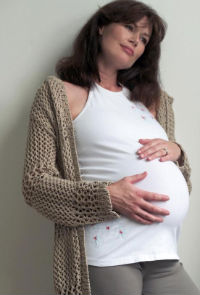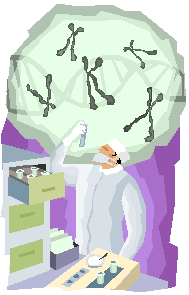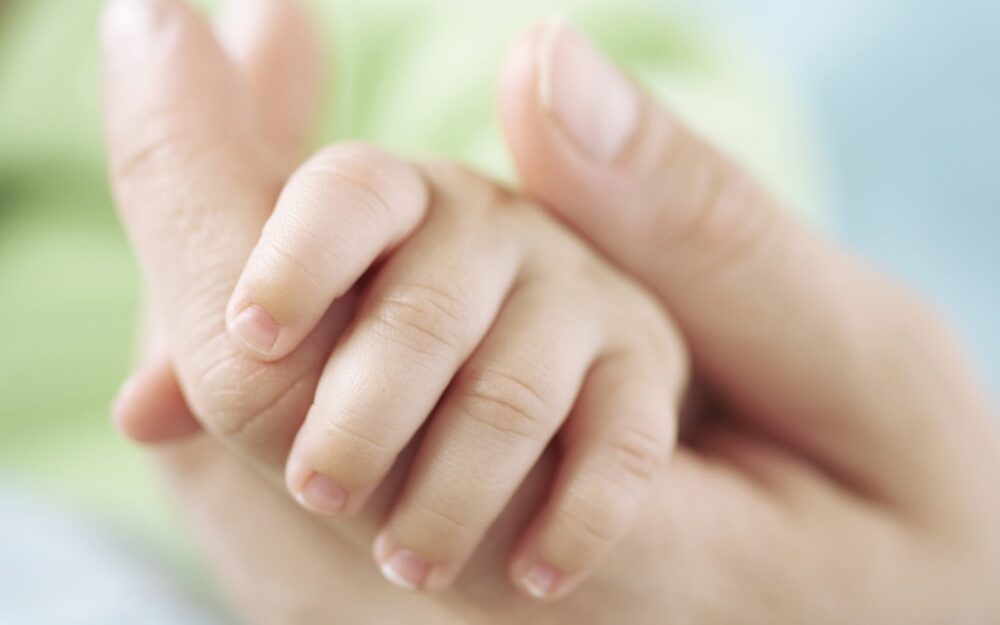Natural pregnancy rates are affected by age and the average woman’s chance of conceiving on her own during a 12 month period of time decreases as she gets older. Advanced Maternal age is one cause of infertility.

- 20-24 year old women have a 86% chance of conceiving in 12 months
- 25-29 year old women trying to conceive have a 78% chance of getting pregnant within a year
- 63% of women between the ages of 30-34 attain pregnancy naturally with 1 year
- At 35-39 years old, most women have a 54% chance when trying to get pregnant over the course of one year.
- After 40, a woman who is trying to conceive over 1 year has a 36% chance of pregnancy
- By 45, only 5% of women conceive a child naturally after one year of trying for a pregnancy
In addition, after 1 year of not conceiving, there is only a 5% chance of getting pregnant by waiting an additional 6 months to 1 year. Another way to view this information is by a woman’s chance of getting pregnant per month. During the first year of trying, a woman at age 23 would have an approximately 25% chance of pregnancy each month, whereas a woman at age 40 would have a 13% chance of pregnancy each month.
The decline in a woman’s chances of getting pregnant is not related to a woman’s health or how young she feels. The main cause for this decrease in the chances of getting pregnant lies within the genetics of the egg.
As a woman ages, the quality of the eggs deteriorates. The decline in quality causes an increased risk of chromosomal problems within the eggs, which leads to fewer normal eggs and an increased risk of miscarriages due to chromosomally abnormal embryos such as Down syndrome. Preimplantation genetic testing (PGD)of embryos is one way to detect chromosomally abnormal embryos.
There are not any known medications or treatments that can change the effects of age on the eggs, since the problem lies within the genetics of the eggs. When a woman’s ovary is being formed, the body sets aside cells that will make up the eggs within the ovary. A woman is born with all of the eggs she will ever have in life. The eggs have not finished their cell division and still contain 2 complete sets of chromosomes. Before an embryo can be formed, the egg must finish separating the chromosomes so that the egg will only contribute one set of chromosomes that add to the set of chromosomes provided by the sperm. Over time, the ability of the egg to separate the chromosomes normally starts to decline, and there will be an increase in the number of chromosomally abnormal eggs. Many eggs will stop living because of the abnormalities, though a woman may still ovulate normally. Some embryos will be formed from an abnormal egg, but most of these pregnancies will end in a miscarriage.
 In addition to the increase in chromosome abnormalities, the number of eggs available for fertility treatments will also decline. In a normal menstrual cycle, only one egg survives and goes through ovulation. During fertility treatments, medications are used to increase the number of eggs produced. As a woman ages, the number of eggs available, or “ovarian reserve,” decreases. Having fewer eggs available can result in lower pregnancy rates with fertility treatments. There are tests available to try to evaluate “ovarian reserve,” but these tests are often inaccurate. A normal ovarian reserve test does not imply that a woman has a better chance of getting pregnant and will not undo the effects of age on her chances of getting pregnant.
In addition to the increase in chromosome abnormalities, the number of eggs available for fertility treatments will also decline. In a normal menstrual cycle, only one egg survives and goes through ovulation. During fertility treatments, medications are used to increase the number of eggs produced. As a woman ages, the number of eggs available, or “ovarian reserve,” decreases. Having fewer eggs available can result in lower pregnancy rates with fertility treatments. There are tests available to try to evaluate “ovarian reserve,” but these tests are often inaccurate. A normal ovarian reserve test does not imply that a woman has a better chance of getting pregnant and will not undo the effects of age on her chances of getting pregnant.
There are tests that can be used to detect abnormal eggs and embryos with genetic problems. These tests are referred to as pre-implantation genetic diagnosis, PGD, and pre-implantation genetic screening, PGS. There are various techniques for looking at genetic material from embryos before pregnancy. California IVF continues to push forward with new clinical infertility treatments to help with recurrent pregnancy loss, testing eggs before pregnancy, and gender selection.
When an egg from a donor is used, pregnancy rates are generally not affected by age. Women who are interested in becoming an egg donor are younger, screened for infectious diseases and generally provide excellent chances for another woman to become pregnant. Additionally, women using donor eggs would be more likely to have extra embryos which could be used in a frozen embryo transfer so the overall pregnancy rate is even higher than depicted. Donor eggs are often used as an option for women who are unsuccessful using their own eggs or who have reached an age where their chances using their own eggs become too low.
Article source: http://feedproxy.google.com/~r/CaliforniaIvfDavisFertilityCenterInc/~3/nkgATc8xyXE/trying-to-conceive-after-35-advanced.html
 Fertility treatment using donor oocytes is an excellent option for couples struggling with infertility, who are unable to produce quality eggs on their own and want to take advantage of a highly successful method of becoming pregnant.
Fertility treatment using donor oocytes is an excellent option for couples struggling with infertility, who are unable to produce quality eggs on their own and want to take advantage of a highly successful method of becoming pregnant.

